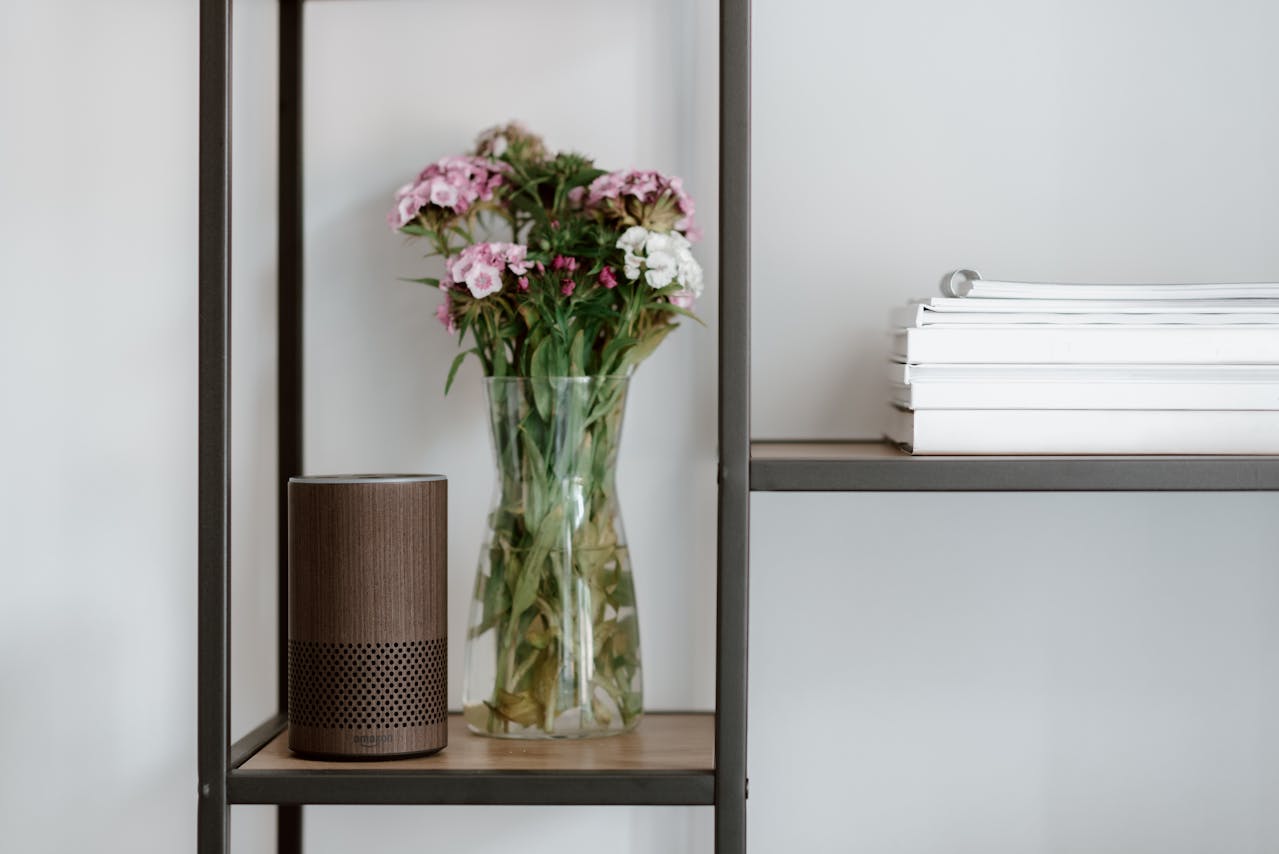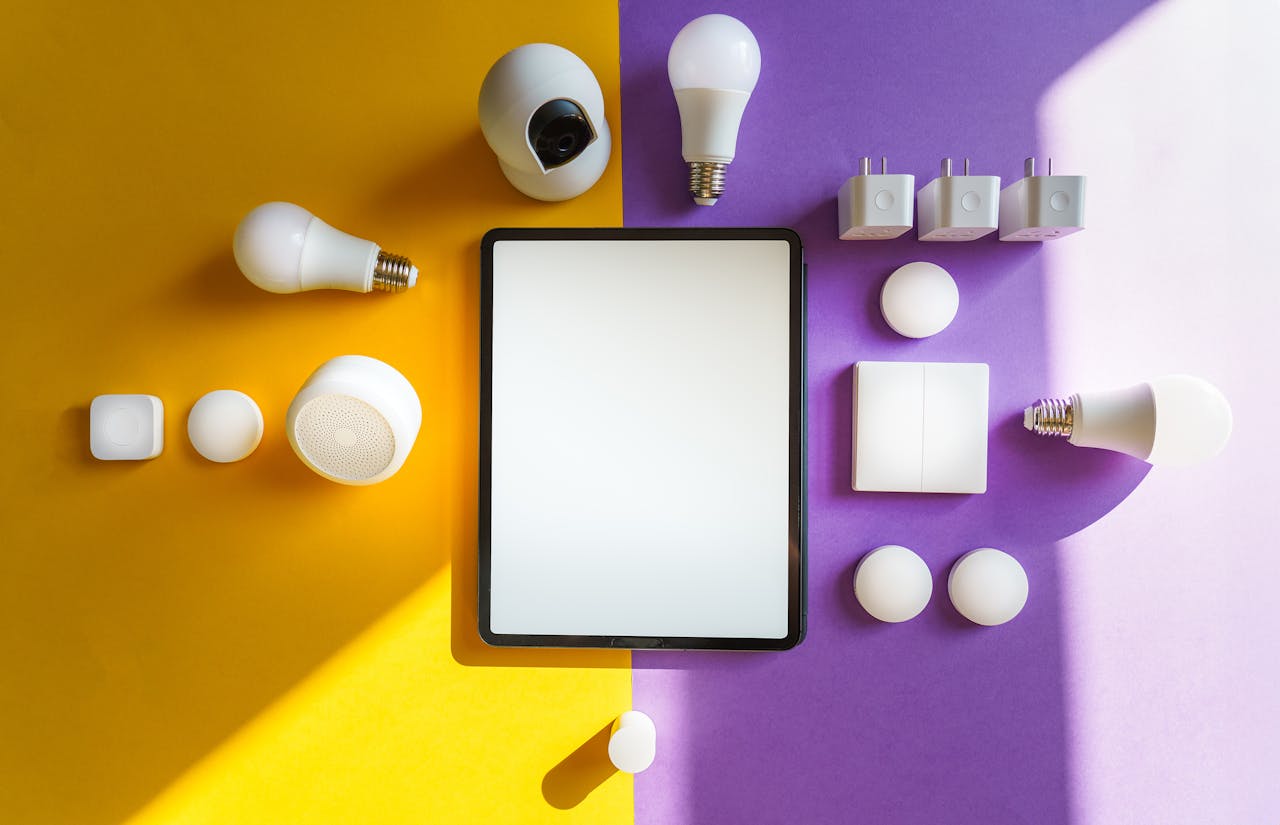



Technology has redefined nearly every part of our daily lives, from the way we work to the way we unwind. It’s only natural that our homes are evolving too. What was once a novelty, controlling your thermostat from your phone or seeing who’s at the door from miles away, is now something many homeowners not only expect but rely on.
Smart home technology isn’t just a passing trend. It’s a thoughtful investment in comfort, safety and long-term flexibility. At JPOrleans, we’ve been blending timeless design with innovation for generations and we’ve seen firsthand how the right technology can make a great home even better. It’s not about chasing the latest gadget—it’s about building a home that works smarter for you year after year.
Let’s clear something up: when we talk about smart home technology, we’re not just talking about flashy gadgets or one-off upgrades. We mean a connected system where lights, locks, thermostats and even your appliances can be managed from a central hub, your phone or even by voice.
What makes it “smart” is the integration. Devices talk to each other. Your thermostat adjusts when you leave for work because it knows you’ve locked the door and turned off the lights. Or your porch light comes on automatically at dusk every evening—no need to think twice. These features aren’t just convenient; they’re built to simplify your routine and adapt to how you live.
It’s all about flexibility. Whether you want full control from your phone while traveling or prefer simple automation that runs quietly in the background of your existing or new construction home, smart systems are designed to work with you, not the other way around.

Here’s the thing—future-proofing doesn’t always start with the big-ticket items. Sometimes, the smartest upgrades are the simplest. Take smart thermostats, for example. These devices learn your habits and automatically adjust your home’s temperature for comfort and energy savings. Over time, they can make a real difference on your utility bills, without you lifting a finger.
Lighting is another area where smart home technology shines. You can program your lights to come on at sunrise, dim them for movie night or turn everything off from bed. It’s not just about convenience—it’s about control, safety and efficiency. Speaking of safety, video doorbells and smart locks give you eyes on your home even when you’re not there. You’ll know when the kids get home, when a package is delivered or if someone’s at your door late at night.
These are the kinds of upgrades we often build right into the design—not as a luxury but as a thoughtful feature of modern living.
Smart features go beyond devices. If you really want your home to grow with your lifestyle, and the technology of tomorrow, it’s worth thinking about the invisible pieces too.
Structured wiring, for instance, allows for clean, centralized management of all your home’s digital systems. Think of it as the nervous system of your smart home. Then there’s Wi-Fi coverage. We’ve all been in those frustrating dead zones where the signal drops. That’s why many of our homes can accommodate built-in Wi-Fi hubs or tech cabinets that help keep connections strong and clutter out of sight.
We also consider small details like recessed outlets for wall-mounted TVs or prewired speaker zones. These touches don’t just look polished—they make it easy to add new tech later without major remodeling.

Smart home technology doesn’t just offer everyday ease—it can also add value. More and more buyers are actively looking for homes that are tech-ready. In a competitive market, that kind of foresight pays off.
Energy efficiency is a big draw. Smart thermostats and LED lighting systems can help cut monthly costs while leak detectors and appliance monitors can prevent costly damage. Some insurance providers even offer discounts for homes with smart security systems which can notify you of break-ins, smoke or even water leaks instantly.
And here’s something we’ve learned over time: it’s often the homes that are built with these systems in mind—not added in later—that perform better and age more gracefully.
There’s no single blueprint for a smart home—it all depends on how you live.
For growing families, it might be motion-sensor lighting in the hallways or smart plugs with parental controls. Busy professionals often look for remote-access climate zones or automated blinds that adjust with the sun. Retirees might prioritize voice-controlled lighting, fall detection systems or secure remote access for loved ones.
Whatever your lifestyle, the key is flexibility. We believe in building homes that support your routine, not force you to adjust to someone else’s idea of “smart.”
At the end of the day, future-proofing isn’t about predicting every new gadget—it’s about creating a strong, flexible foundation that can evolve with you.
That’s exactly what we focus on at JPOrleans. We design spaces, like our new homes in Pennsylvania and North Carolina, with thoughtful touches ready-made for customization so you can enjoy smarter living from the moment you move in and keep adapting without starting from scratch.
Because your home should keep up with your life, not the other way around.
